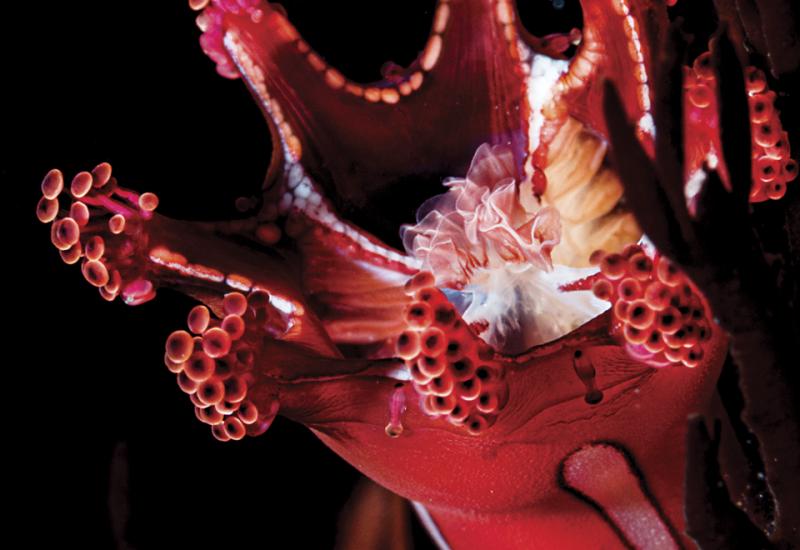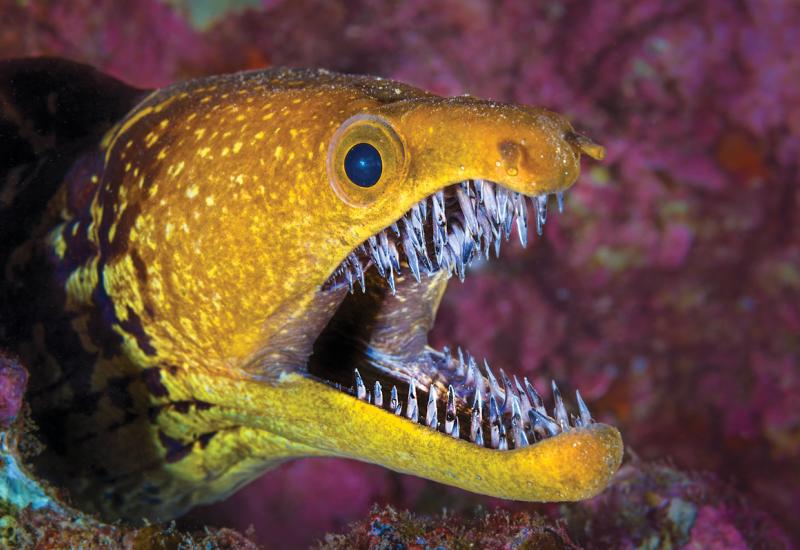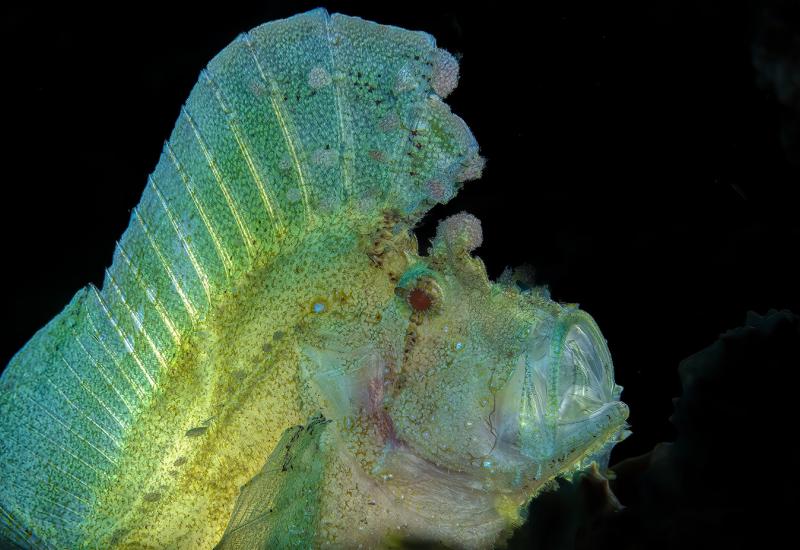New Marine Protected Areas World-Wide
Chile
It’s called the Tic Toc Marine Park and, as of Feb. 26, it’s Chile’s largest marine protected area at 90,000 hectares. Find it off the southern coast of the country’s Patagonia region, considered some of the world’s most pristine natural real estate. This area is home to marine birds and endemic Chilean dolphins, as well as one of the southern hemisphere’s largest blue whale populations. The decision will also benefit the area’s humpback, sei, minke and killer whales, plus Peale’s, dusky and bottlenose dolphins.
New Zealand
New Zealand’s subantarctic waters, encompassing Antipodes Island, Bounty Islands and Campbell Island, include three new marine parks as of March 2. In these new areas — which increase the country’s percentage of protected waters to nearly 10 — fishing, mining, marine farming and petroleum exploration are all banned. These environments provide nesting sites for 100 bird species, including penguins, and the waters are habitat for southern right whales, New Zealand fur seals and sea lions.
Sargasso Sea
On March 12, government representatives from Bermuda, the Azores, Monaco, the U.K. and the U.S. met in Bermuda to sign the Hamilton Declaration of Collaboration for the Conservation of the Sargasso Sea. Its aim: to protect this rare stretch of the subtropical North Atlantic. This gyre is a hotbed for the free-floating sargassum seaweed, which nurtures hatchling loggerhead turtles, endangered eels, porbeagle sharks and white marlin. It’s also part of a migration route for humpback whales, tuna and birds.
New Caledonia
New Caledonia, a group of islands with French ties in the southwest Pacific Ocean, created the world’s biggest marine-managed area on April 23, which will include 95 percent of its waters. The 500,000-square mile area has been named the Natural Park of the Coral Sea, and in it are seamounts and coral reefs home to 48 shark species, 25 marine mammal species and five sea turtle species.
Scotland
In the name of preserving basking sharks, leatherback turtles, common skates, quahog clams, flame shells (another saltwater clam), deep-sea sponges, feather stars, black guillemot marine birds, and kelp and sea grass forests, Scotland doubled the size of its marine-protected areas on July 24. Thirty new marine protected areas were declared, covering 12 percent of Scottish seas and spanning the cliffs of Caithness on the country’s northern tip to deep ocean seabed habitats.
Phoenix Islands
The government of Kiribati, an island nation roughly in the middle of the Pacific Ocean, decided on Jan. 29 that it would close its 157,626-square-mile Phoenix Islands Protected Area, or PIPA, to commercial fishing. It’s a change that won’t fully take effect until the end of 2014. The government had concerns over losing revenue from fishing licenses sold to foreign tuna fleets; however, a US$2.5 million endowment has been established by the nation’s government and matched by Conservational International to help cushion the change.
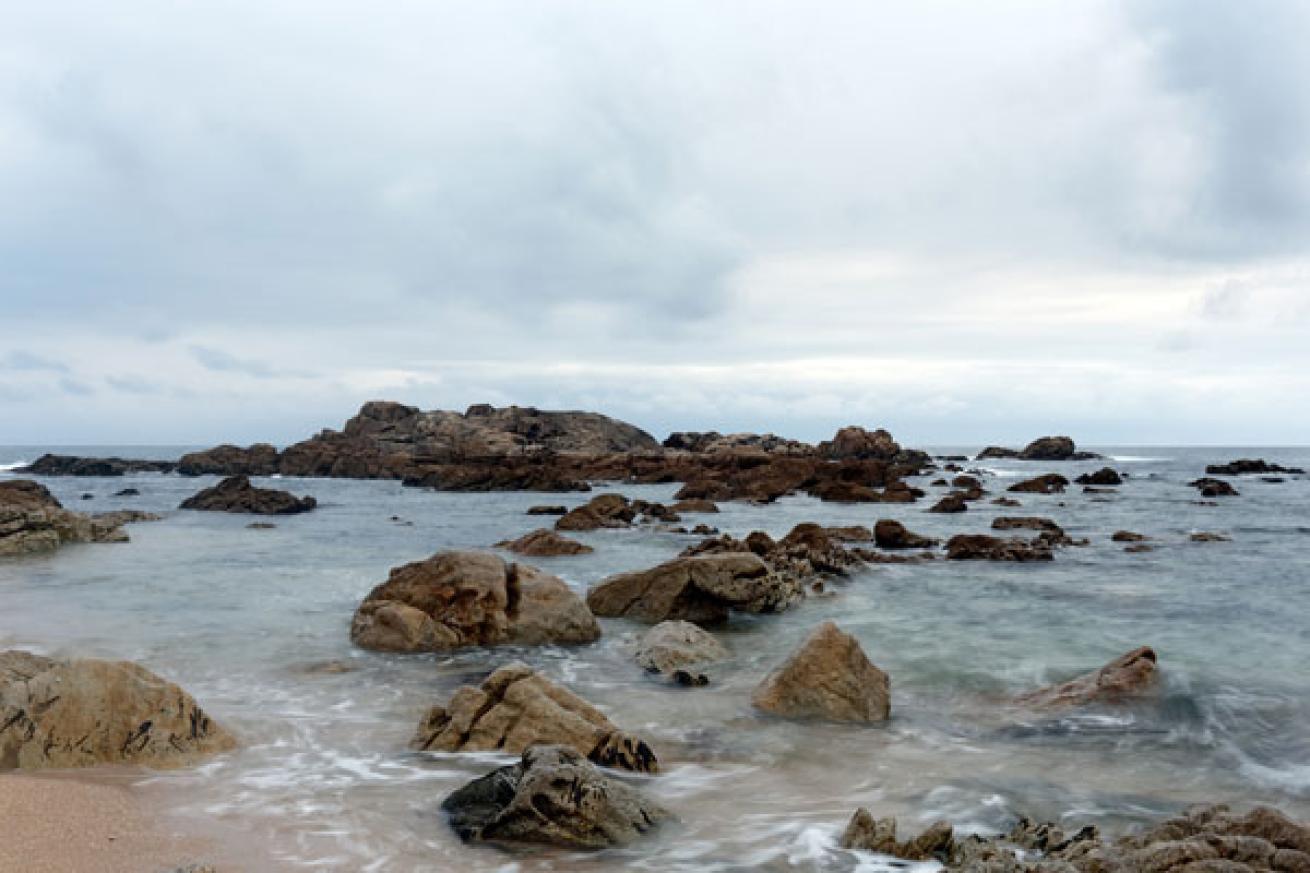
ShutterstockOn March 12, government representatives met in Bermuda to sign the Hamilton Declaration of Collaboration for the Conservation of the Sargasso Sea.
Chile
It’s called the Tic Toc Marine Park and, as of Feb. 26, it’s Chile’s largest marine protected area at 90,000 hectares. Find it off the southern coast of the country’s Patagonia region, considered some of the world’s most pristine natural real estate. This area is home to marine birds and endemic Chilean dolphins, as well as one of the southern hemisphere’s largest blue whale populations. The decision will also benefit the area’s humpback, sei, minke and killer whales, plus Peale’s, dusky and bottlenose dolphins.
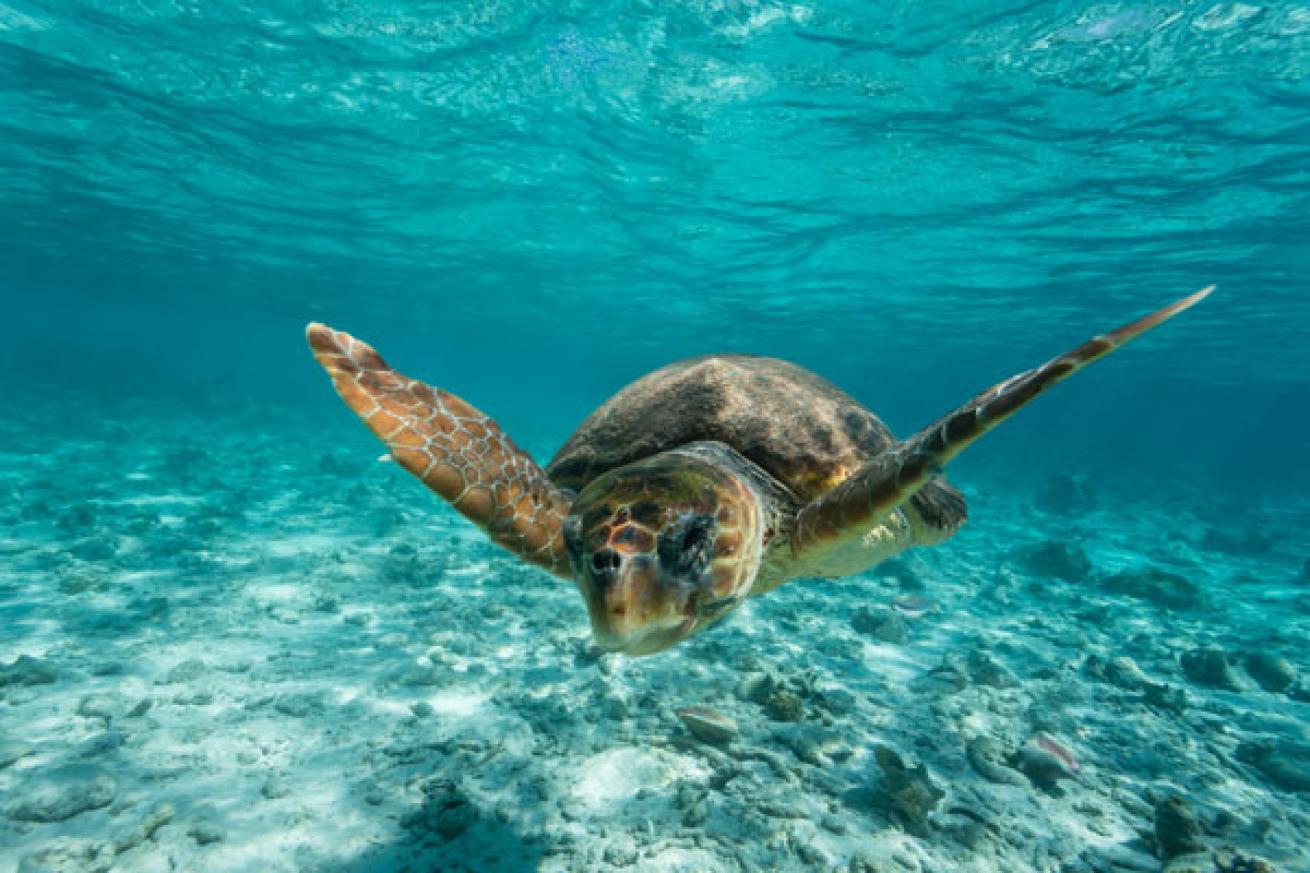
Shutterstock
This loggerhead turtle is one of many species that will benefit from the new marine protected area in the Sargasso Sea.
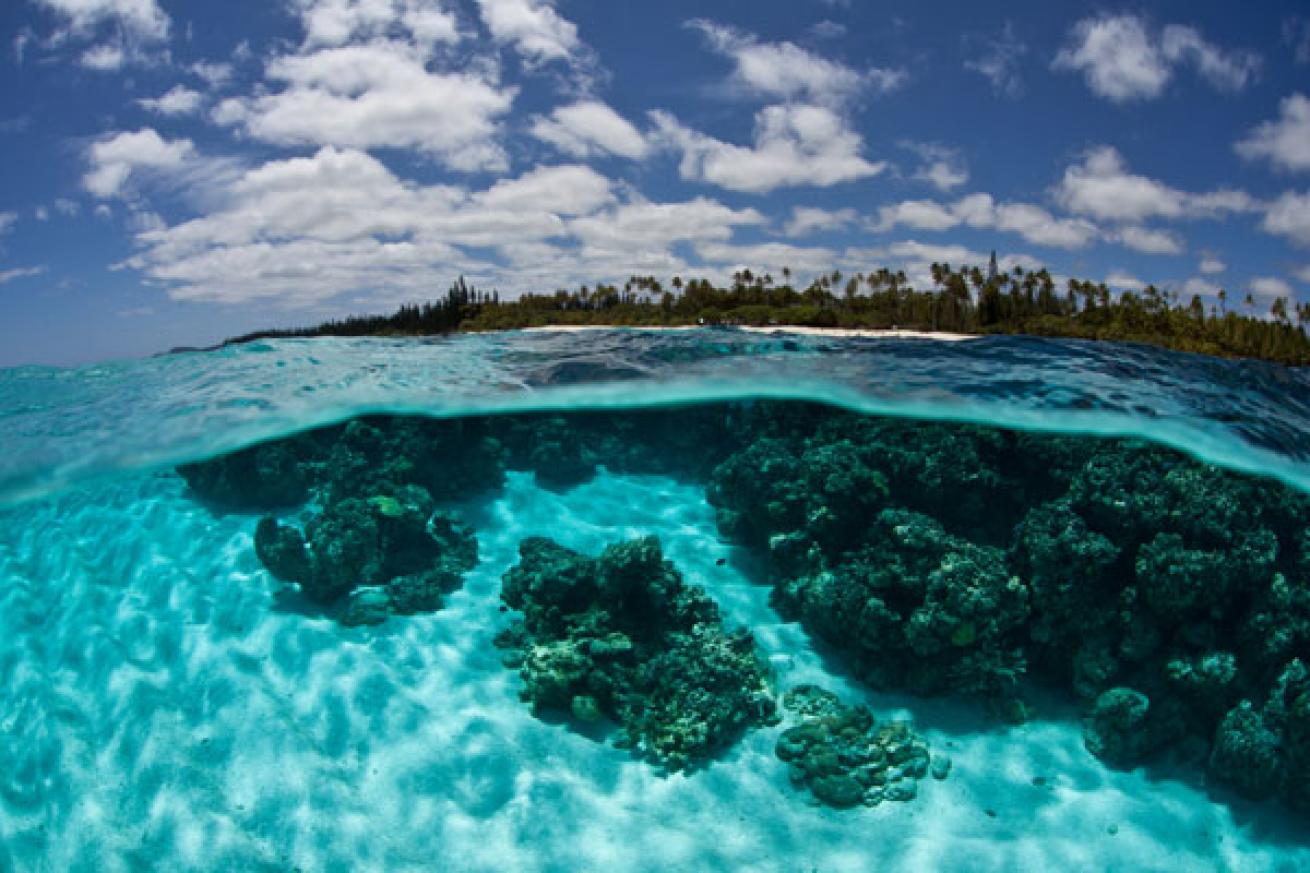
Shutterstock
New Caledonia, a group of islands with French ties in the southwest Pacific Ocean, created the world’s biggest marine-managed area on April 23.
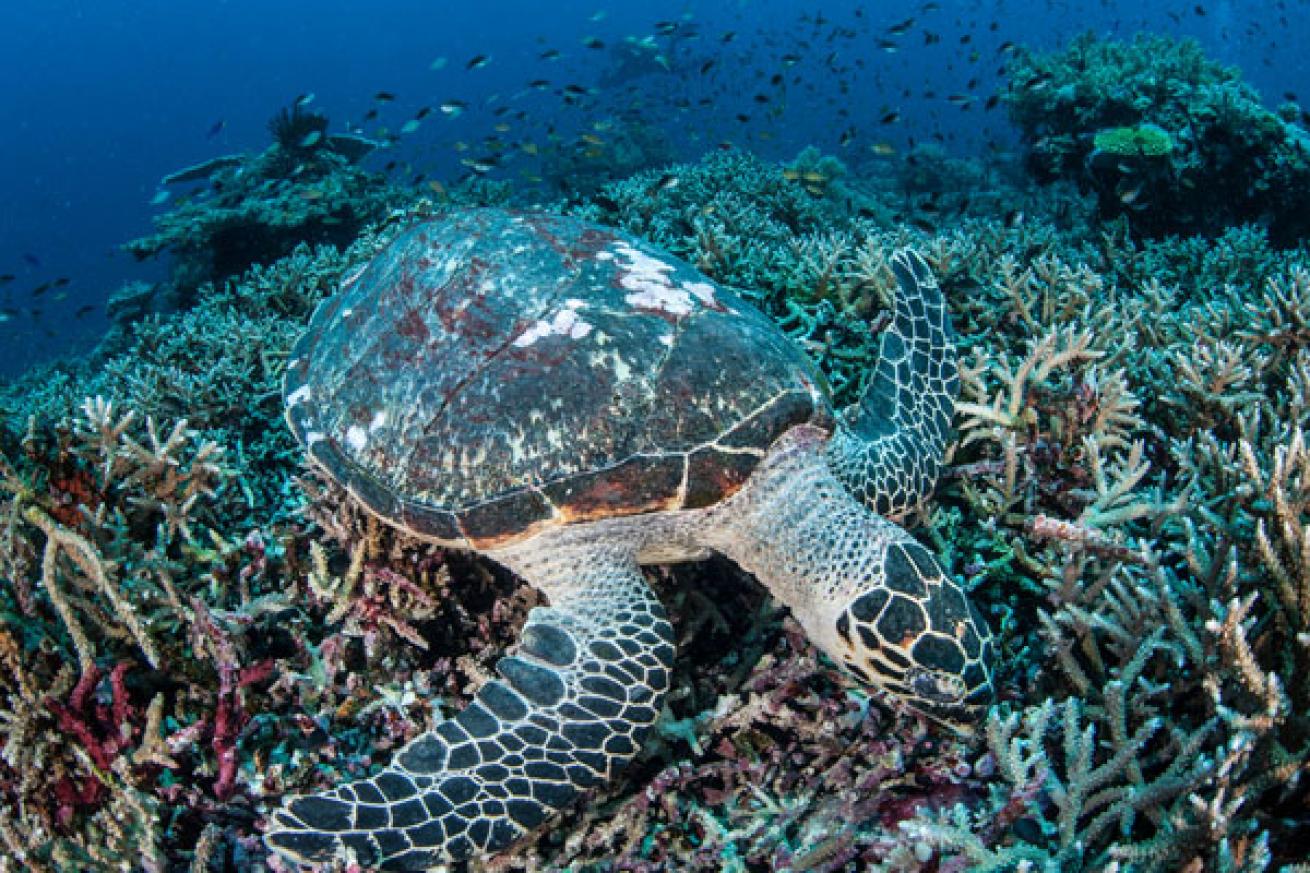
Shutterstock
New Caledonia's 500,000-square mile area has been named the Natural Park of the Coral Sea, and in it are seamounts and coral reefs home to 48 shark species, 25 marine mammal species and five sea turtle species.
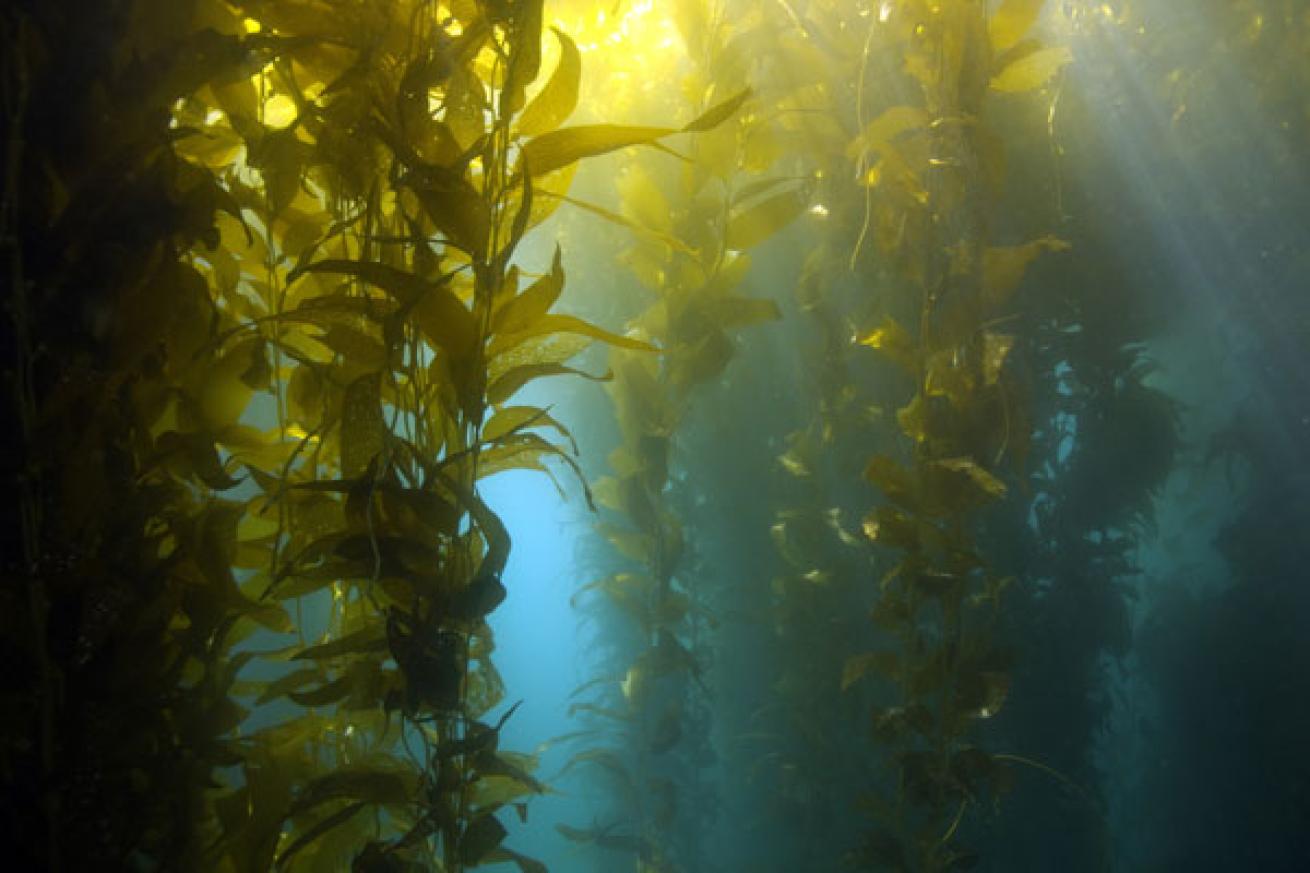
Shutterstock
You will find kelp forests like this in Scotland, who just recently doubled the size of its marine protected areas on July 24.
New Zealand
New Zealand’s subantarctic waters, encompassing Antipodes Island, Bounty Islands and Campbell Island, include three new marine parks as of March 2. In these new areas — which increase the country’s percentage of protected waters to nearly 10 — fishing, mining, marine farming and petroleum exploration are all banned. These environments provide nesting sites for 100 bird species, including penguins, and the waters are habitat for southern right whales, New Zealand fur seals and sea lions.
Sargasso Sea
On March 12, government representatives from Bermuda, the Azores, Monaco, the U.K. and the U.S. met in Bermuda to sign the Hamilton Declaration of Collaboration for the Conservation of the Sargasso Sea. Its aim: to protect this rare stretch of the subtropical North Atlantic. This gyre is a hotbed for the free-floating sargassum seaweed, which nurtures hatchling loggerhead turtles, endangered eels, porbeagle sharks and white marlin. It’s also part of a migration route for humpback whales, tuna and birds.
New Caledonia
New Caledonia, a group of islands with French ties in the southwest Pacific Ocean, created the world’s biggest marine-managed area on April 23, which will include 95 percent of its waters. The 500,000-square mile area has been named the Natural Park of the Coral Sea, and in it are seamounts and coral reefs home to 48 shark species, 25 marine mammal species and five sea turtle species.
Scotland
In the name of preserving basking sharks, leatherback turtles, common skates, quahog clams, flame shells (another saltwater clam), deep-sea sponges, feather stars, black guillemot marine birds, and kelp and sea grass forests, Scotland doubled the size of its marine-protected areas on July 24. Thirty new marine protected areas were declared, covering 12 percent of Scottish seas and spanning the cliffs of Caithness on the country’s northern tip to deep ocean seabed habitats.
Phoenix Islands
The government of Kiribati, an island nation roughly in the middle of the Pacific Ocean, decided on Jan. 29 that it would close its 157,626-square-mile Phoenix Islands Protected Area, or PIPA, to commercial fishing. It’s a change that won’t fully take effect until the end of 2014. The government had concerns over losing revenue from fishing licenses sold to foreign tuna fleets; however, a US$2.5 million endowment has been established by the nation’s government and matched by Conservational International to help cushion the change.

